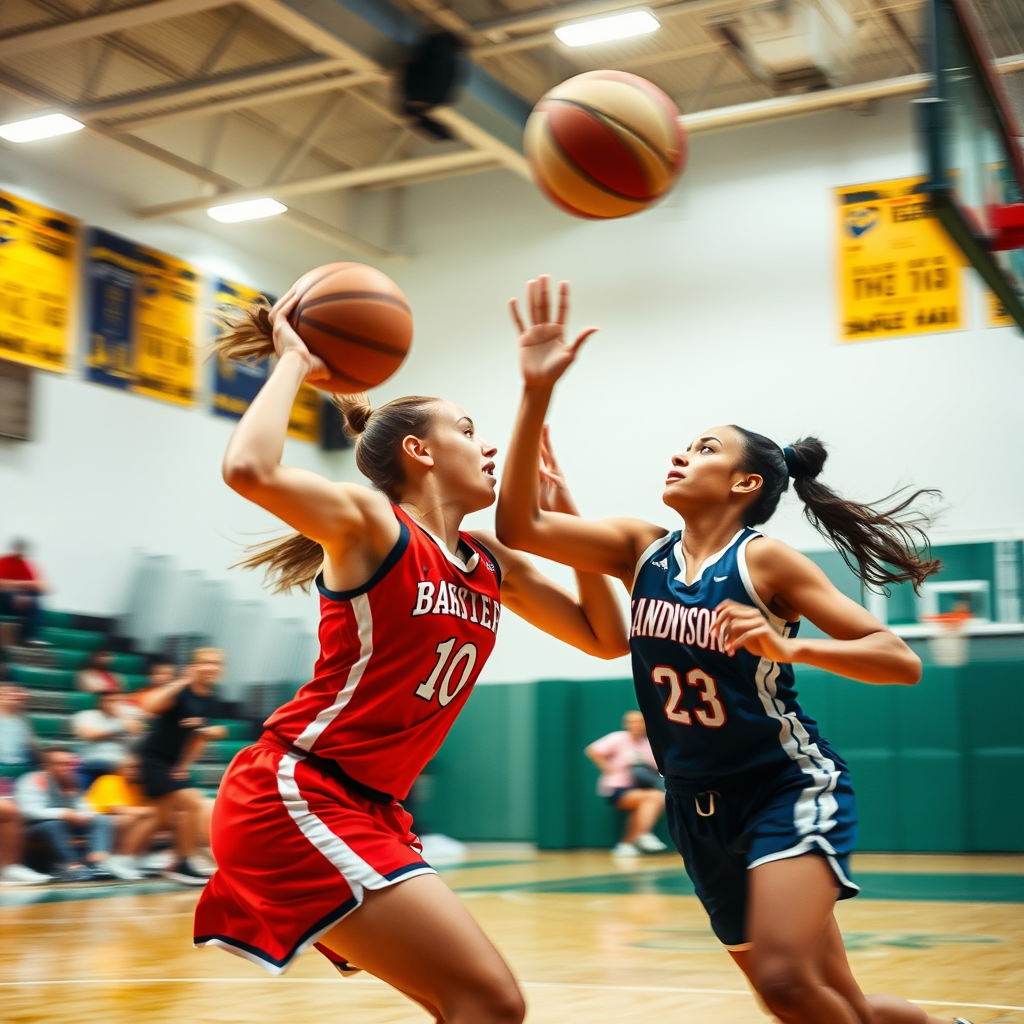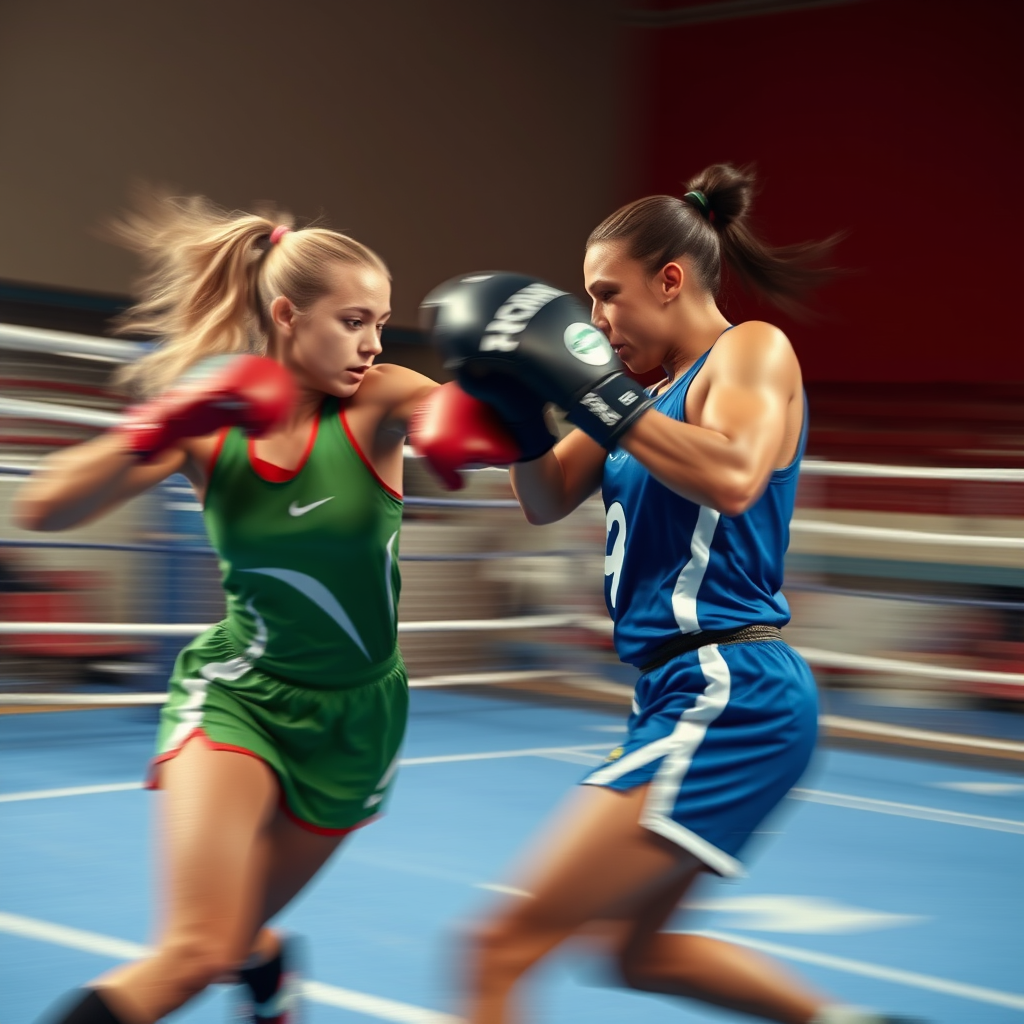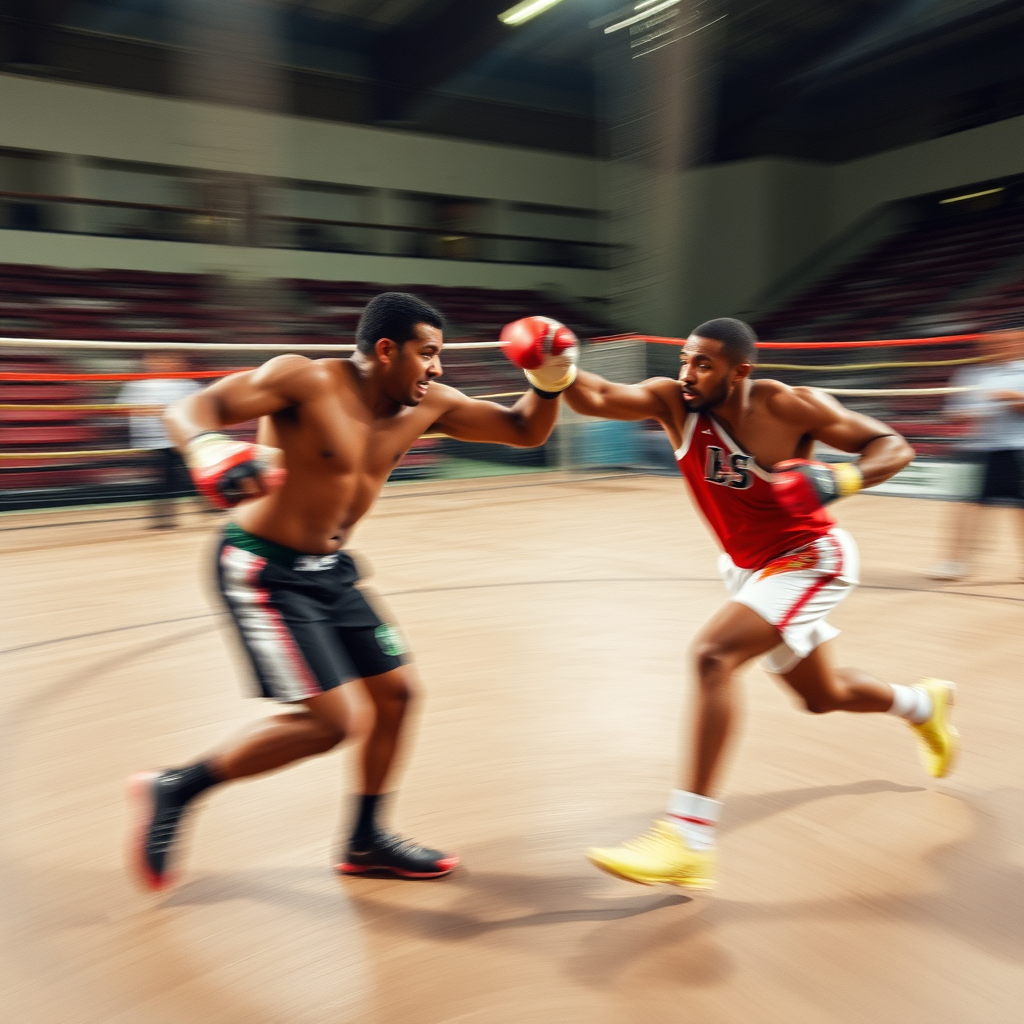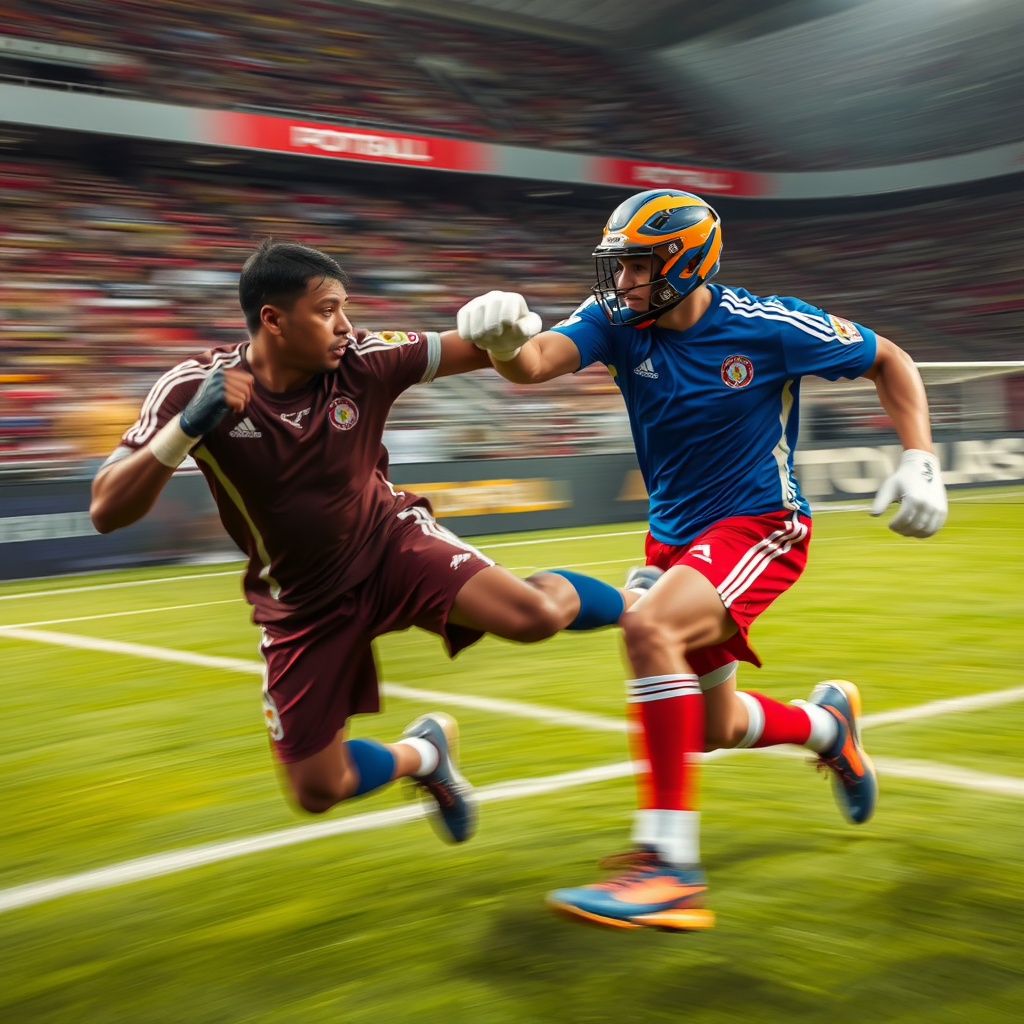The Psychology of Fight-or-Flight in Sports
How Athletes React Under Pressure
The fight-or-flight response is a fundamental survival mechanism designed to help humans react to danger. While its origins are rooted in survival instincts, this physiological response plays a major role in sports performance. Whether facing a high-stakes match or a physically demanding challenge, athletes experience fight-or-flight reactions that influence their decision-making, energy levels, and ability to perform under pressure. Understanding how fight-or-flight affects sports provides insight into why some athletes thrive in tense moments while others struggle.

What Is the Fight-or-Flight Response?
The Science Behind Fight-or-Flight
When the brain perceives a threat or high-pressure situation, the sympathetic nervous system activates, releasing adrenaline and increasing heart rate. This prepares the body to either fight (confront the challenge) or flee (retreat from the stressor).
How Athletes Experience Fight-or-Flight
In sports, fight-or-flight isn’t about literal survival—it’s about handling competition, fast decision-making, and physical exhaustion. Athletes often feel the surge of adrenaline before a big match, a high-pressure moment, or an unexpected challenge.
The Positive Effects of Fight-or-Flight in Sports
Boosting Physical Performance
Adrenaline increases strength, speed, and endurance, allowing athletes to push beyond their normal limits. The surge in energy can enhance reflexes and improve reaction time.
Heightened Focus and Mental Clarity
When the fight response kicks in, athletes experience sharper concentration, helping them block distractions and stay in the moment. This is particularly useful in high-pressure games where mental toughness is key.

The Challenges of Fight-or-Flight in Competition
Why Some Athletes Freeze Under Pressure
While fight-or-flight helps many athletes rise to the occasion, others experience a stress overload that leads to hesitation, panic, or poor decision-making. This can result in performance anxiety or mental blocks.
Managing Excess Adrenaline to Avoid Mistakes
Too much adrenaline can cause rushed actions, over-aggression, or loss of control. Athletes need to balance their fight-or-flight response to avoid impulsive mistakes in critical moments.
How Athletes Train to Control Fight-or-Flight Responses
Breathing and Relaxation Techniques
Controlled breathing exercises help athletes regulate their nervous system, reducing stress and keeping the mind calm. Deep breaths slow heart rate and prevent panic.
Mental Preparation and Visualization
Successful athletes use visualization strategies to mentally rehearse intense scenarios, preparing their bodies to react effectively rather than freeze under pressure.

The Role of Experience in Managing Fight-or-Flight
Why Veteran Athletes Handle Pressure Differently
Experienced athletes have faced high-pressure situations repeatedly, allowing them to regulate their stress response. Their familiarity with adrenaline rushes helps them stay calm in tense moments.
How Young Athletes Can Develop Mental Toughness
Training younger competitors to handle fight-or-flight reactions through exposure, mental exercises, and gradual pressure increases helps them build resilience for future competitions.
Team Sports vs. Individual Performance Under Pressure
How Fight-or-Flight Differs in Team vs. Solo Sports
Team sports provide collective support, helping players manage adrenaline surges more effectively. Individual athletes, however, must rely solely on their own coping mechanisms to regulate stress.
Why Team Environments Can Reduce Anxiety
Athletes who compete in team sports benefit from shared pressure—encouragement from teammates can help diffuse overwhelming stress responses, preventing panic.
The Role of Coaching in Managing Fight-or-Flight
How Coaches Help Athletes Stay Calm Under Pressure
Effective coaches teach players how to manage fight-or-flight responses through confidence-building, mental strategies, and pre-game preparation techniques.
Why Leadership Can Influence Team Mentality
A strong team leader instills trust and confidence, reducing anxiety levels among players. When leadership encourages composure, athletes respond with greater emotional control.
Post-Game Effects of Fight-or-Flight
How Athletes Wind Down After Intense Competition
After high-adrenaline moments, the parasympathetic nervous system works to restore balance by lowering heart rate and calming stress responses. This phase is crucial for recovery.
Why Proper Recovery Prevents Long-Term Stress Effects
Unmanaged fight-or-flight responses can lead to burnout and physical exhaustion. Athletes use post-game techniques like stretching, mindfulness, and hydration to return to a relaxed state.
How Sleep Impacts the Fight-or-Flight Response in Athletes
The Importance of Rest in Stress Recovery
Sleep is essential for restoring equilibrium after high-pressure situations. Poor sleep can prolong stress effects, keeping the fight-or-flight response activated even after competition ends.
How Deep Sleep Repairs the Body and Mind
During deep sleep, the body repairs muscles, processes emotions, and regulates cortisol levels. Athletes who prioritize sleep experience faster recovery and reduced anxiety.
The Influence of Nutrition on Stress Response in Sports
How Food Affects Fight-or-Flight Activation
Certain foods can trigger or suppress fight-or-flight responses. High-sugar diets increase cortisol levels, while nutrient-rich foods help maintain balance and energy levels.
Why Hydration Matters in Managing Adrenaline Surges
Dehydration exacerbates the fight-or-flight response, leading to heightened anxiety and impaired performance. Athletes who stay properly hydrated experience better focus and endurance.

The Role of Crowd Influence on Fight-or-Flight in Sports
How Spectators Can Impact Athlete Stress Levels
A roaring stadium can either energize or overwhelm competitors. Some athletes thrive on the pressure of performing for a crowd, while others struggle with heightened nervousness.
Why Home-Field Advantage Can Reduce Stress Responses
Playing in a familiar environment with supportive fans helps athletes control their fight-or-flight reactions, allowing them to feel more comfortable and focused.
How Personality Affects Fight-or-Flight Responses in Sports
Why Some Athletes Are More Resilient Than Others
Individuals with naturally high emotional resilience can regulate their stress response more effectively. Personality traits like confidence and adaptability influence fight-or-flight reactions.
How Introverts and Extroverts Handle Pressure Differently
Extroverted athletes often feed off external energy, thriving under pressure, while introverts may feel overstimulated by high-stress situations, requiring more mental preparation.
Conclusion
The fight-or-flight response plays a crucial role in sports, influencing both physical and mental performance. While adrenaline can sharpen focus and enhance endurance, excessive stress can hinder decision-making. Athletes who master their fight-or-flight instincts can turn pressure into an advantage, thriving under high-stakes conditions and delivering peak performances.
Join the Conversation
Have you ever experienced a fight-or-flight moment in sports?




One thought on “How Fight Or Flight Shapes Amazing Athletes In Competitive Performance”